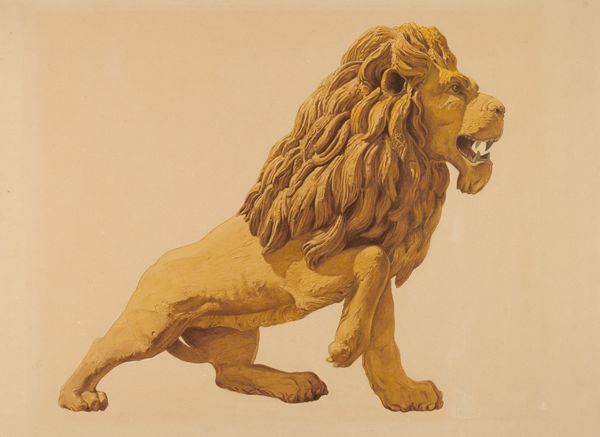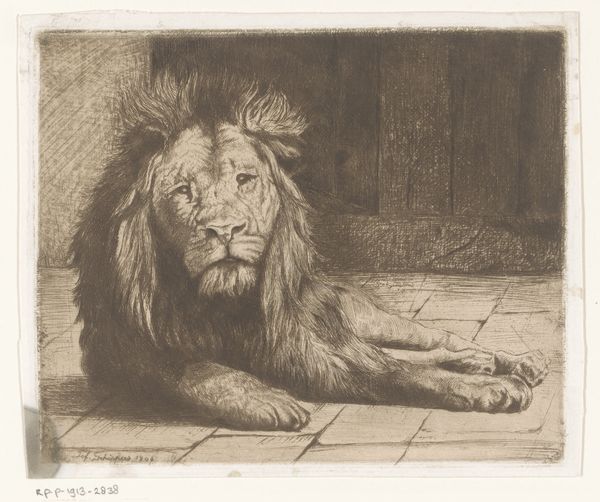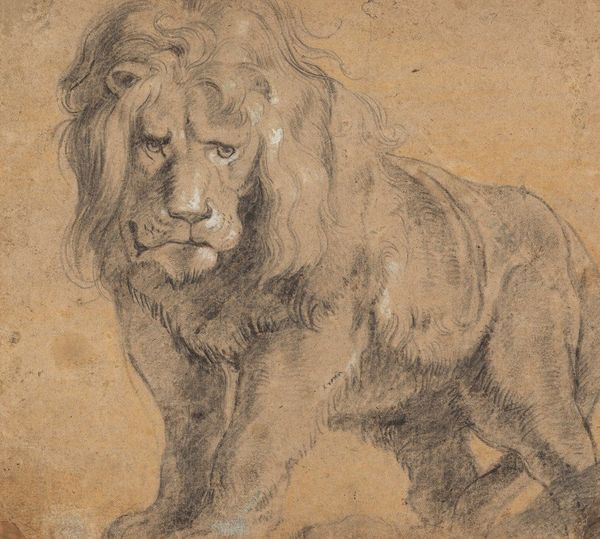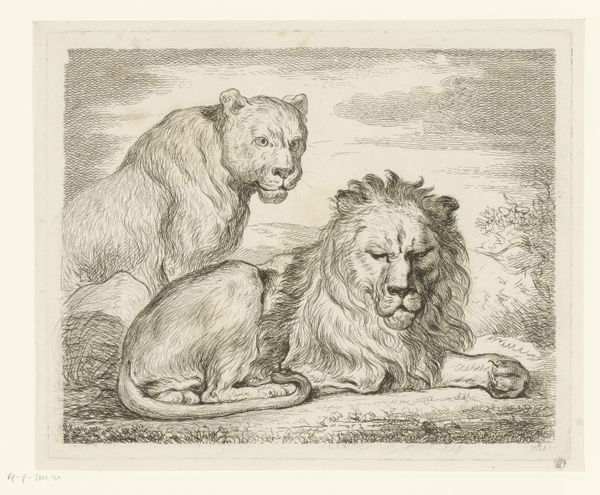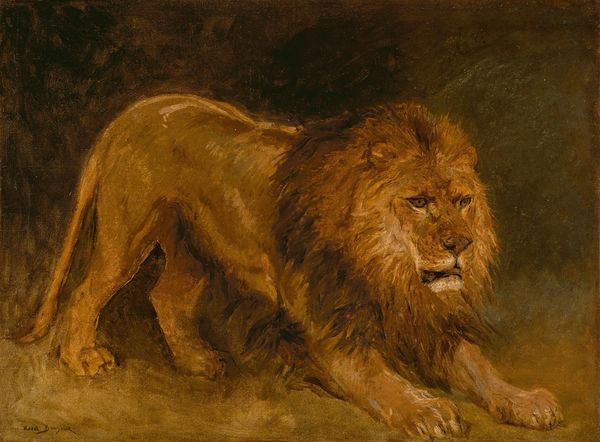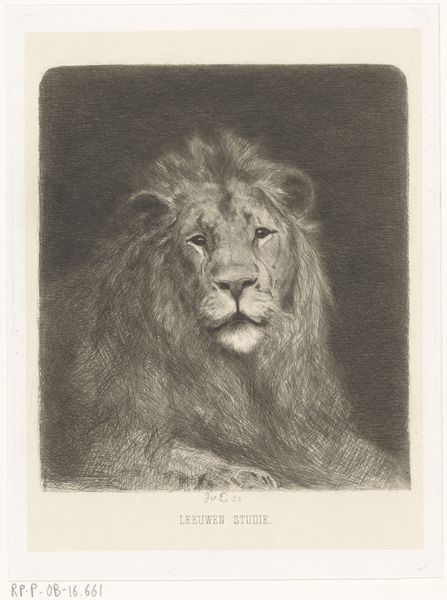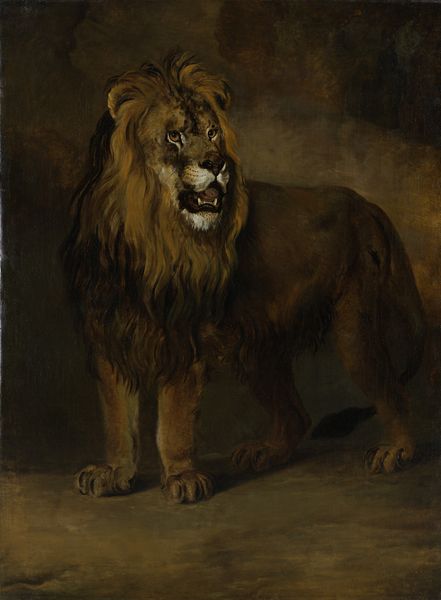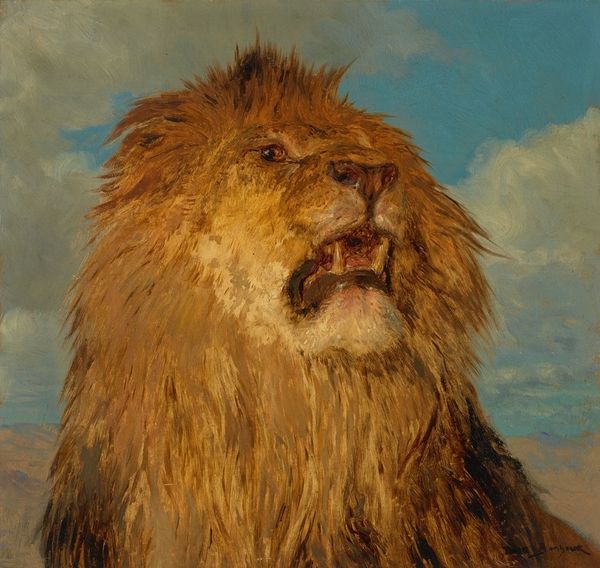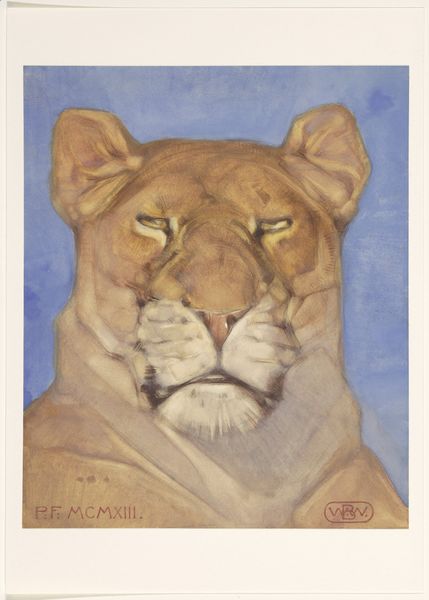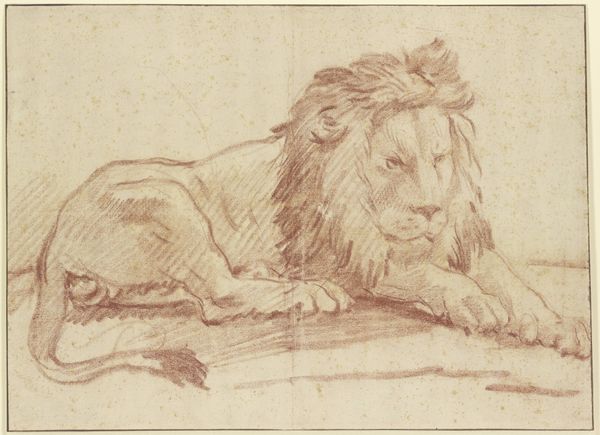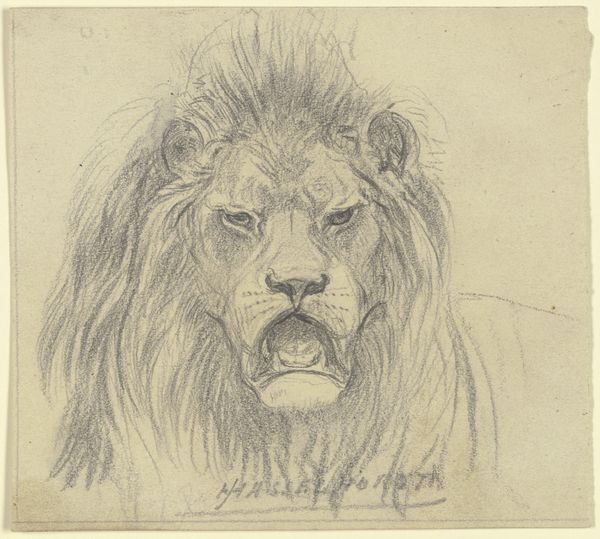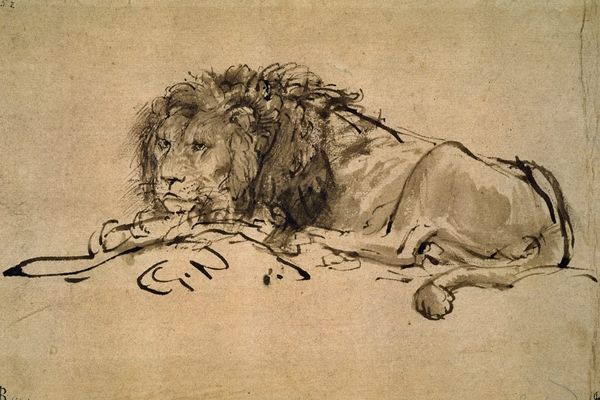
drawing, gouache
#
portrait
#
drawing
#
gouache
#
figuration
#
11_renaissance
#
oil painting
#
italian-renaissance
Dimensions: 204 mm (height) x 252 mm (width) (bladmaal)
Curator: This compelling work from the Italian Renaissance, dating from 1520 to 1562, is entitled "En hanløves forkrop og en hunløves hoved" – translated, "The Forequarters of a Male Lion and the Head of a Female Lion." It’s an anonymous drawing, rendered in gouache and currently residing here at the SMK, the Statens Museum for Kunst. My immediate impression is one of regal authority, contrasted with a subtle hint of vulnerability in the lioness. Editor: There’s definitely a tension in how these materials – gouache on, presumably, paper – are used to depict such powerful creatures. I'm curious about the labour involved; was this preparatory for something larger, maybe a tapestry or fresco? What was the status of drawing and painting with gouache in Renaissance workshops? These are important considerations. Curator: That’s an intriguing point, and worth considering in relation to workshop practices of the time. Think about the distribution of labour – was this work of an established artist or a studio apprentice practicing anatomical studies? Perhaps even an independent commission destined for a noble collection of drawings? The imagery carries power; it evokes familiar representations of monarchy and might we see throughout the renaissance period. Editor: Absolutely, this image taps into a rich well of symbolic capital, these lions acting not just as zoological studies but emblems of strength and control. We need to think about who had access to these kinds of images and how they circulated. Was it a luxury item consumed by the elite or were copies made and distributed more widely through prints, thus informing a broader populace's understanding of power dynamics? Curator: Excellent questions! This speaks to how artistic choices intertwine with social frameworks. We see the artistic hand, obviously, in the rendering of muscle and fur, and a level of emotional resonance is conjured from these animals—the way the lioness gazes up with what could almost be considered deference or love. Editor: But how is this “naturalism” constructed? The social forces at play here – from the availability of gouache to the patronage system dictating subject matter – directly influence the aesthetic choices we see. Examining that interplay unveils far more about Renaissance culture than simply noting artistic skill. Curator: Indeed. Focusing on both the reception of the image and its materials gives us a more robust understanding. The confluence of artistic process and cultural setting really does amplify the artistic narrative. Editor: I agree entirely; examining how raw materials become invested with symbolism reveals the subtle mechanisms through which artistic creations gain historical and societal import.
Comments
No comments
Be the first to comment and join the conversation on the ultimate creative platform.

